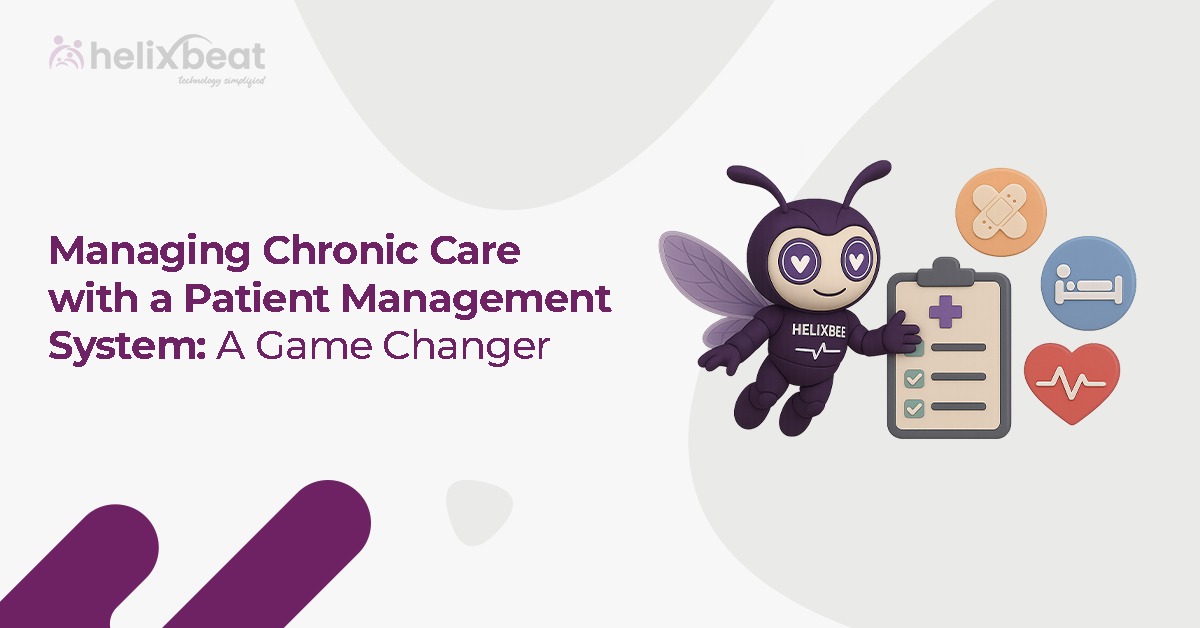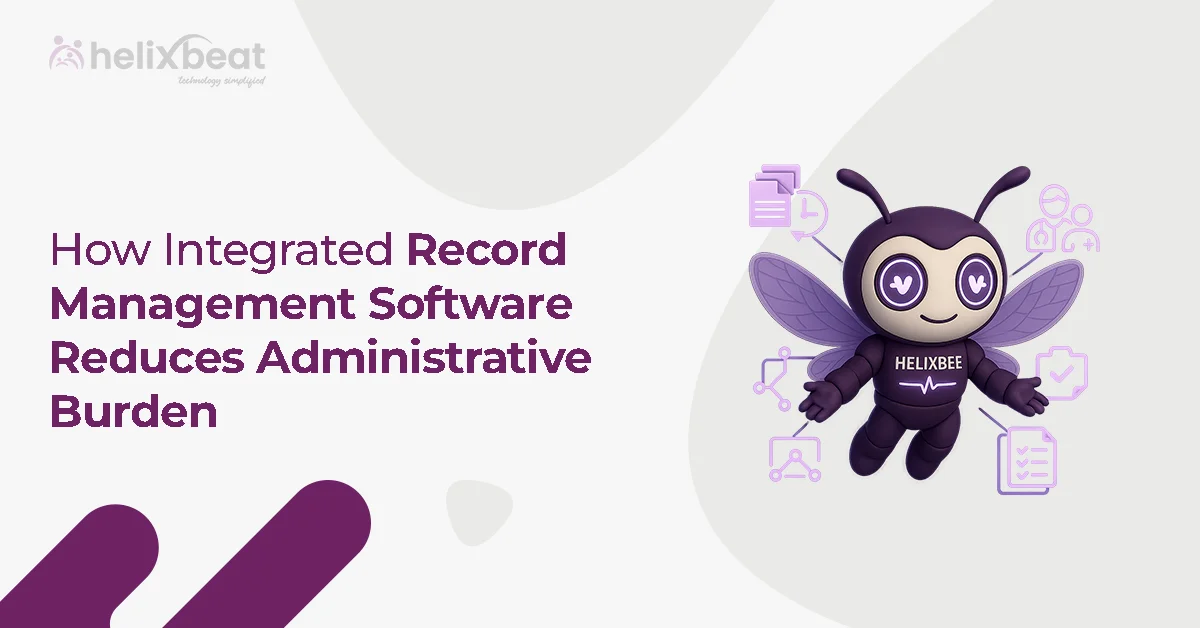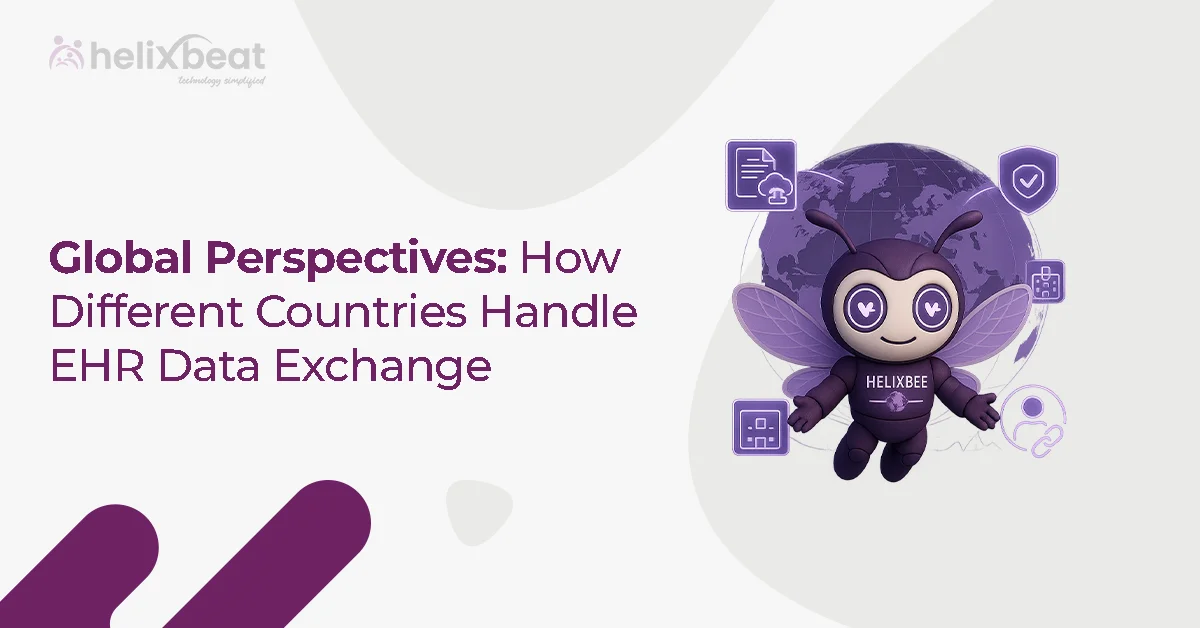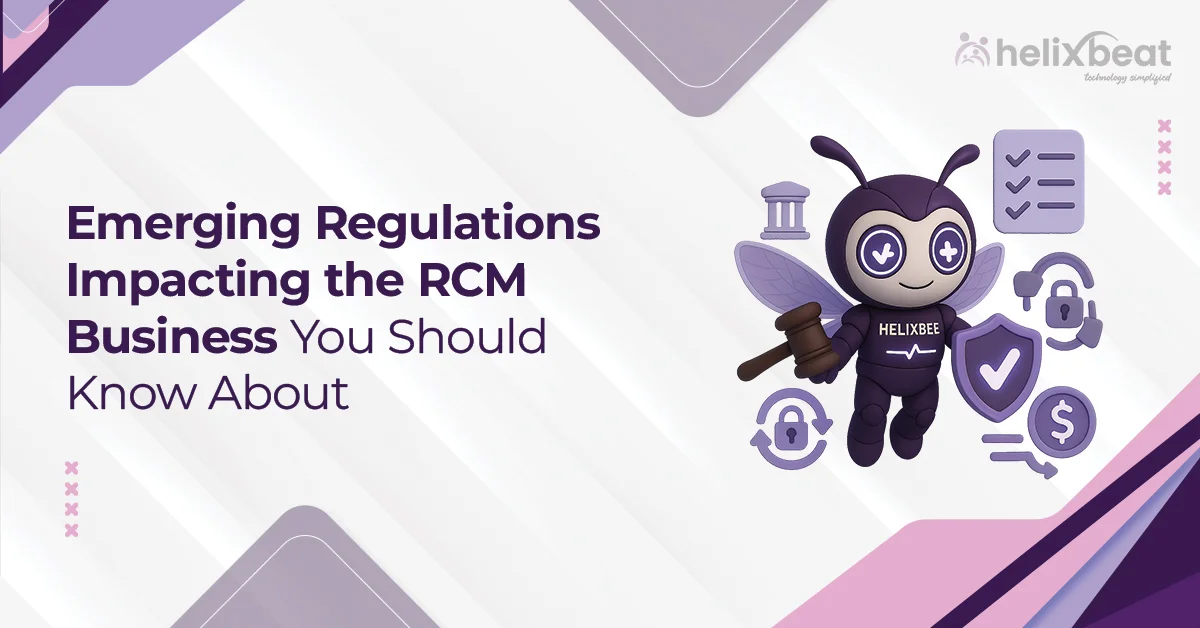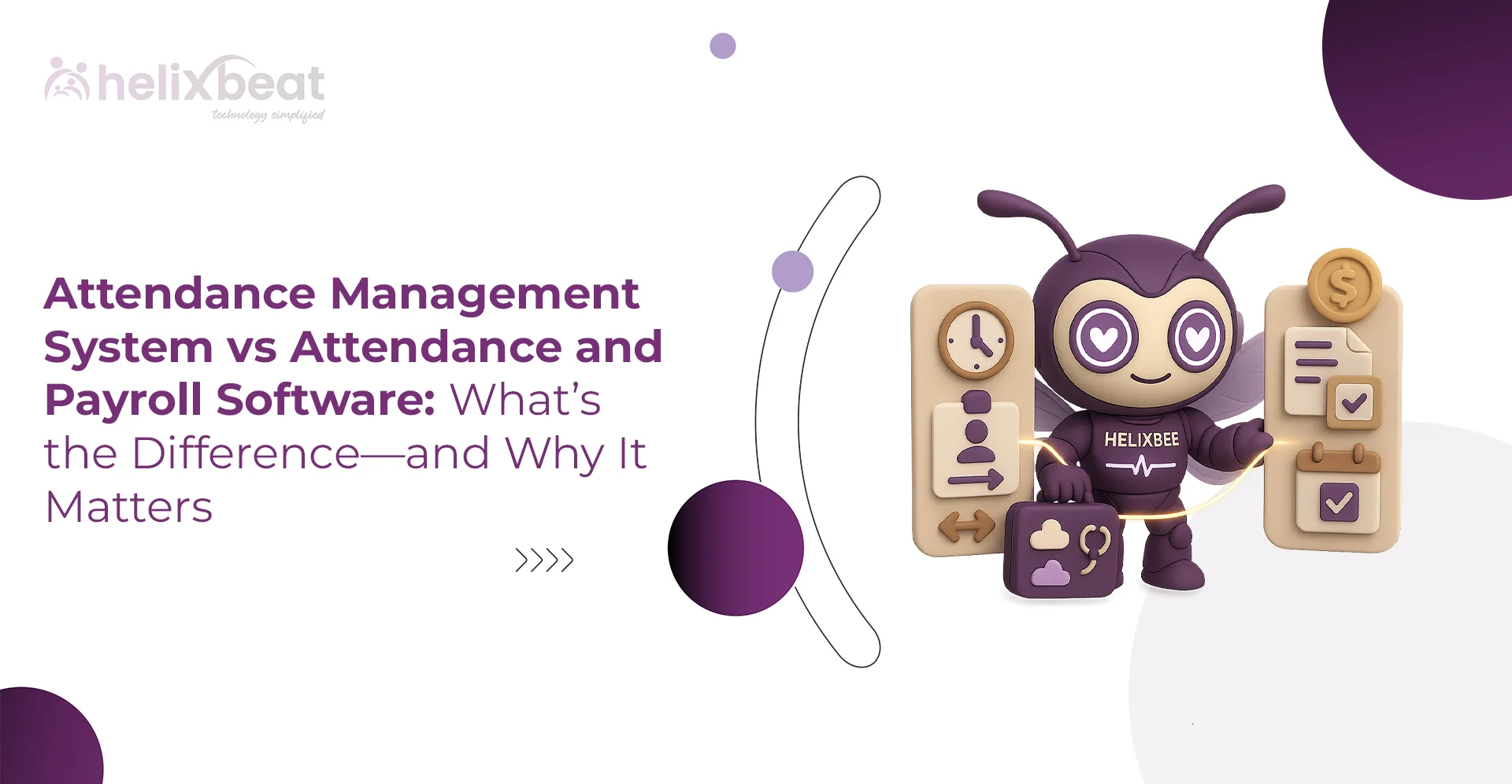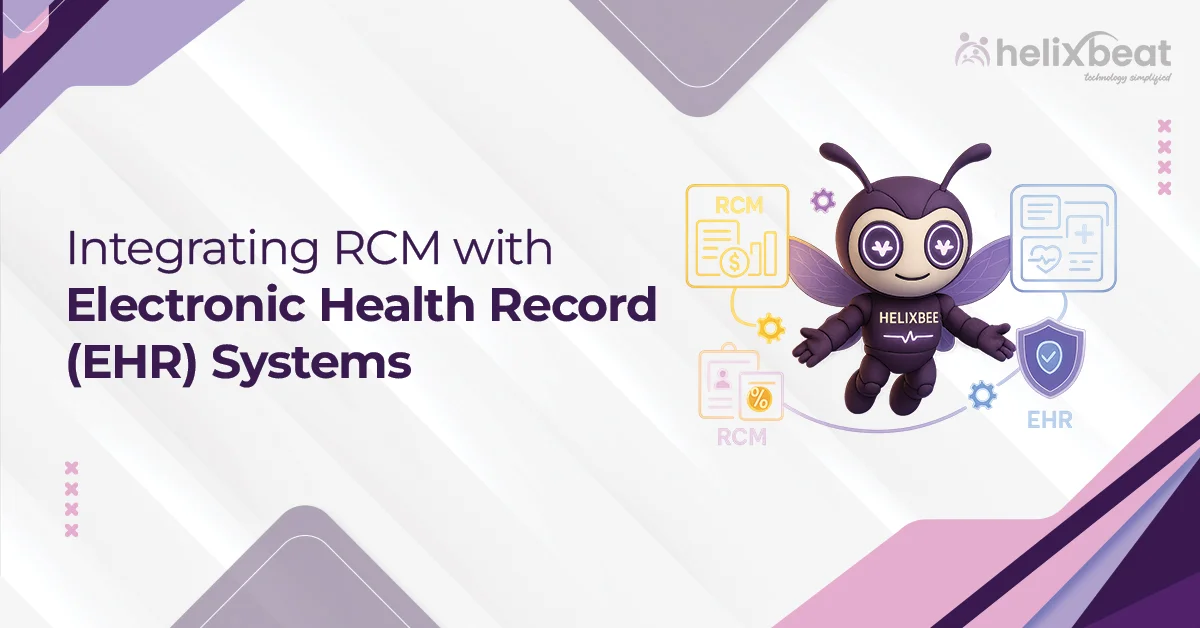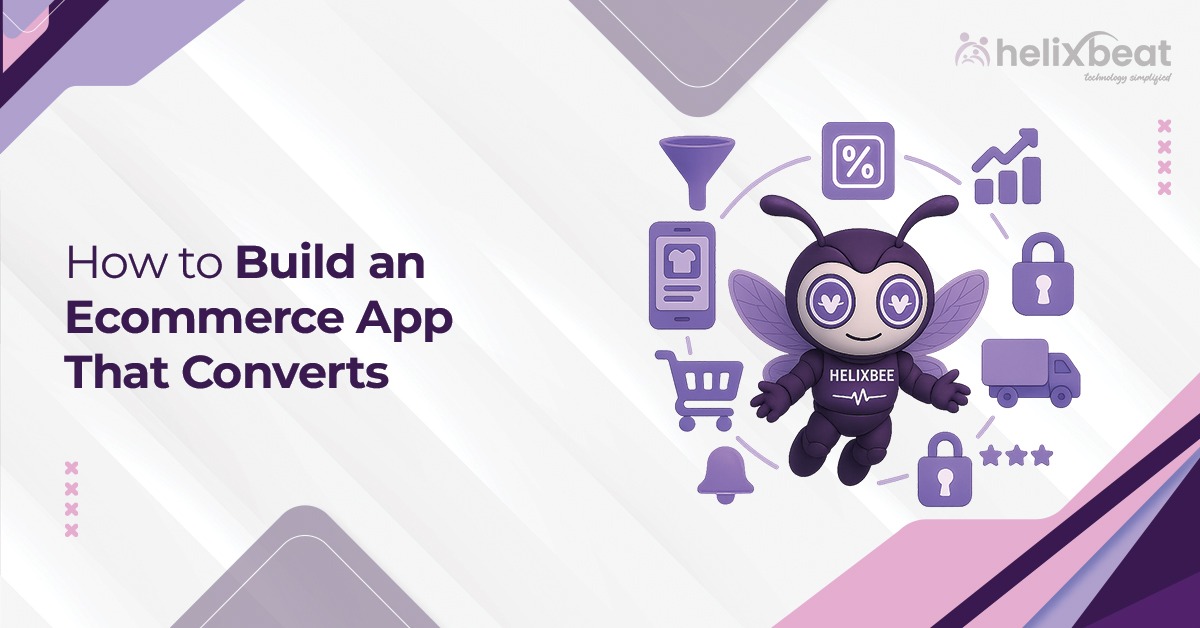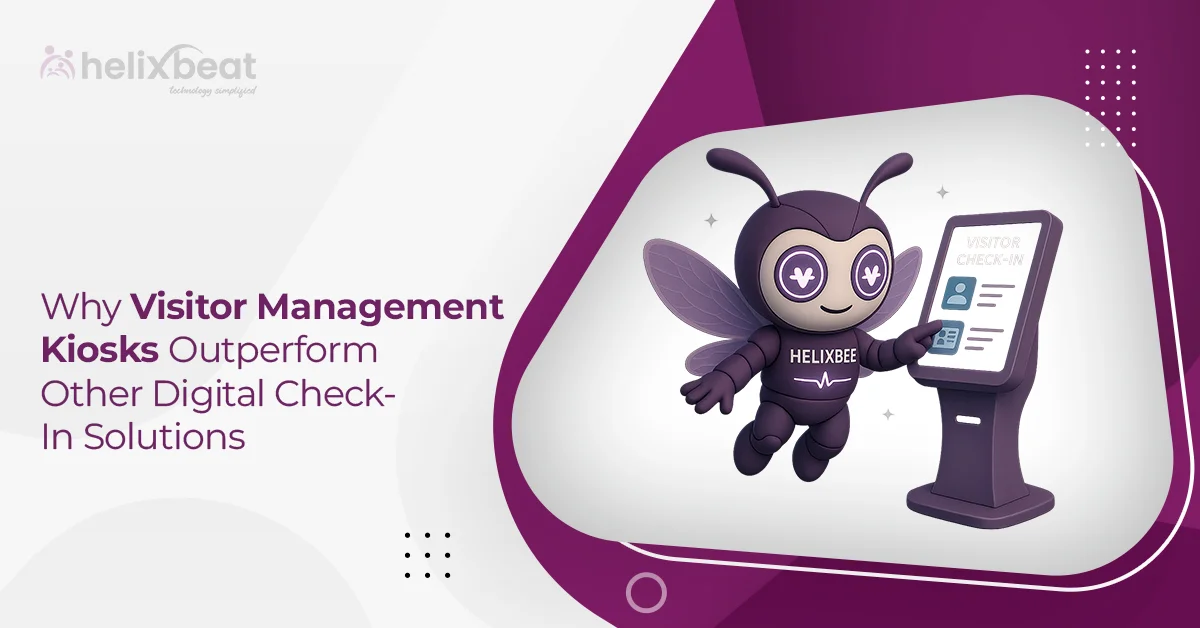Have you ever wondered how healthcare providers can manage the increasing number of patients with chronic diseases effectively? As the global population continues to age and the prevalence of chronic conditions rises, healthcare providers face increasing challenges in managing these complex conditions. According to the Centers for Disease Control and Prevention (CDC), 6 in 10 adults in the United States have a chronic disease, making it essential to implement efficient care management strategies.
Patient Management Systems (PMS) like PULSE by HelixBeat are not just tools; they are game changers in chronic care management. These systems integrate real-time patient monitoring, data management, and care coordination to ensure better health outcomes for patients with chronic illnesses, while simultaneously reducing the burden on healthcare providers.

What is a Chronic Care Model?
The Chronic Care Model (CCM) is a comprehensive healthcare framework specifically designed to improve the management of chronic diseases like diabetes, heart disease, and chronic respiratory diseases. The traditional approach to treating chronic conditions often focuses on reactive care, responding to symptoms as they arise. In contrast, the Chronic Care Model shifts the focus to proactive management, aiming to prevent complications, reduce hospitalizations, and improve overall patient outcomes.
A fundamental principle of the Chronic Care Model is patient-centered care. This means that healthcare teams work collaboratively with patients to design individualized care plans that actively involve the patients in managing their health. By empowering patients with knowledge, tools, and resources, healthcare providers encourage self-management. This approach not only enhances the quality of care but also leads to better health outcomes.
Table of Contents
The Chronic Care Model includes six essential components:
Community Resources
- Providing access to external resources that support patients in managing their condition, such as local support groups or health promotion programs.
Self-Management Support
- Equipping patients with the education, skills, and tools needed to manage their condition, including lifestyle changes, medication adherence, and monitoring health indicators.
Delivery System Design
- Organizing healthcare services to support proactive care, such as integrating care teams, streamlining workflows, and ensuring that patients have access to timely care.
Decision Support
- Utilizing evidence-based guidelines and decision tools to guide healthcare providers in making the best decisions for managing chronic conditions.
Clinical Information Systems
- Implementing robust electronic health records (EHR) and data tracking systems to capture patient data in real time, allowing healthcare providers to monitor patient progress and adjust treatment plans accordingly.
Healthcare Organization
- Ensuring that healthcare organizations are aligned with the model’s goals, providing a structured environment for chronic disease management, and a focus on continuous improvement.
- The goal of the Chronic Care Model is to provide coordinated, continuous care that not only improves patient quality of life but also reduces the frequency and severity of complications related to chronic diseases.
What are the 5 Cs of Chronic Disease Management?
The 5 Cs of Chronic Disease Management are a framework for delivering optimal care to patients with chronic conditions. A Patient Management System like PULSE supports all 5 C’s by providing tools that enable continuous care, easy communication, and collaboration among care teams. These components ensure that care is comprehensive, coordinated, and patient-focused:
- Control: Empowering patients to manage their conditions effectively through education and self-monitoring tools.
- Communication: Ensuring open, transparent communication between patients and healthcare providers to foster trust and better decision-making.
- Collaboration: Working with a team of healthcare professionals, doctors, nurses, dietitians, and other specialists to create a unified care plan.
- Commitment: Motivating patients to stick to their treatment plans, attend follow-ups, and engage in healthy lifestyle changes.
- Continuous Care: Offering ongoing support and follow-up to manage the condition over time and adjust care plans as needed.
What is Remote Patient Monitoring for Chronic Disease Management?
Remote Patient Monitoring (RPM) is an innovative solution for chronic disease management that allows healthcare providers to monitor patients’ vital signs in real time, even when they are not in the office. With RPM, healthcare providers can track metrics such as blood pressure, blood glucose levels, oxygen saturation, and weight, all from the comfort of the patient’s home.
Using a Patient Management System like PULSE by HelixBeat, healthcare providers can integrate RPM into their care model, allowing them to monitor patients remotely, identify potential health issues early, and intervene before a small problem turns into a more serious one. RPM is beneficial for managing chronic conditions like diabetes, hypertension, and heart disease, where continuous monitoring is key to successful disease management.
Benefits of Using PULSE by HelixBeat in Chronic Care Management
By incorporating PULSE by HelixBeat into your Chronic Care Model, healthcare providers can ensure that each patient receives the highest quality of care while actively involving them in their own treatment plan. Some key benefits of using PULSE for chronic care management include:
Improved Patient Outcomes
- With real-time monitoring, timely interventions, and personalized care plans, patients experience better health outcomes and fewer complications.
Increased Patient Engagement
- PULSE fosters patient empowerment by providing tools for self-monitoring, education, and better communication with healthcare providers.
Seamless Care Coordination
- The PULSE platform enables healthcare teams to work together seamlessly, enhancing collaboration and ensuring continuity of care for chronic disease patients.
Cost Reduction
- By preventing complications and reducing hospital readmissions, PULSE helps healthcare providers cut costs, which can be reinvested into other areas of care.
Request a Free Demo of PULSE for Chronic Care Management
What is the Challenge in Managing Patients with Chronic Illness?
A Patient Management System like PULSE helps alleviate these challenges by providing healthcare providers with an efficient, secure platform for managing patient data, tracking progress, and coordinating care across multiple providers. Managing patients with chronic illnesses presents several challenges, including:
Complexity of Care
- Chronic conditions often require managing multiple health issues simultaneously, which can lead to complications and increased healthcare costs.
Patient Adherence
- Encouraging patients to follow treatment plans, take medications consistently, and make lifestyle changes can be difficult.
Data Overload
- Healthcare providers must sift through vast amounts of patient data to identify meaningful patterns and determine the best course of action.
Limited Resources
- Many healthcare systems lack the resources to provide continuous, personalized care, particularly for patients with chronic diseases who require long-term monitoring and support.
Why Choose PULSE by HelixBeat for Chronic Care Management?
PULSE by HelixBeat is the ideal tool for enhancing the effectiveness of the Chronic Care Model. By integrating real-time data tracking, patient management software, and remote patient monitoring, PULSE allows healthcare providers to seamlessly manage chronic conditions while adhering to the principles of the model.
Here’s how PULSE aligns with and supports each component of the Chronic Care Model:
Community Resources
- PULSE connects healthcare providers with a vast network of community resources.
- Patients can be referred to local support programs and health education platforms, ensuring they receive the assistance they need beyond the clinical setting.
Self-Management Support
- PULSE empowers patients by offering features like real-time monitoring of health metrics (e.g., blood glucose, blood pressure), providing educational content, and sending reminders for medication and lifestyle changes.
- This enables patients to take control of their health and actively participate in managing their condition.
Delivery System Design
- PULSE streamlines healthcare workflows by offering seamless integration with existing systems and devices.
- With real-time access to patient data, care teams can collaborate more effectively, ensuring that patients receive timely and coordinated care.
- PULSE also supports remote consultations and virtual care, making chronic care more accessible to patients in remote areas.
Decision Support
- By utilizing real-time patient data, PULSE offers valuable insights into patient health trends, enabling healthcare providers to make informed, evidence-based decisions.
- This ensures that care plans are continuously updated to reflect the patient’s current condition, leading to better outcomes.
Clinical Information Systems
- PULSE integrates with EHRs and collects data from remote patient monitoring devices, creating a comprehensive patient record that is easily accessible to healthcare providers.
- This reduces the chances of missing information and ensures that every aspect of the patient’s condition is considered in the decision-making process.
Healthcare Organization
- PULSE provides a unified platform for healthcare organizations to track, manage, and improve the quality of care provided to patients with chronic diseases.
- The system supports compliance with industry regulations and fosters continuous improvement in care delivery.
The Bottom Line: Managing Chronic Care with Patient Management Systems
Incorporating a Patient Management System like PULSE by HelixBeat into chronic care management transforms the way healthcare providers manage chronic conditions. It enhances patient engagement, improves care coordination, and streamlines remote monitoring, all while reducing the risks of complications and improving patient outcomes. The PULSE platform is designed to facilitate a patient-centered approach, making chronic care management more effective, efficient, and affordable.
For healthcare providers, embracing PULSE means greater patient satisfaction, improved clinical outcomes, and a more efficient healthcare system overall.
Start Your Free Trial of PULSE Today
FAQs
- What is a Chronic Care Model?
A Chronic Care Model (CCM) is an approach that focuses on improving the care of patients with chronic diseases by proactively managing their conditions with the help of healthcare teams and modern technologies.
- What are the 5 C’s of chronic disease management?
The 5 C’s include Control, Communication, Collaboration, Commitment, and Continuous Care, all aimed at improving the management of chronic conditions.
- What is the role of a Patient Management System in chronic care?
A Patient Management System like PULSE helps healthcare providers track patient data, ensure timely interventions, and improve coordination between care teams.
- How does Remote Patient Monitoring help in chronic care?
RPM enables healthcare providers to monitor patients’ vital signs remotely, ensuring continuous care and early intervention for chronic conditions.
- What challenges do healthcare providers face in managing chronic illness?
Key challenges include the complexity of care, patient adherence, managing large volumes of data, and resource limitations.
- How does PULSE help in managing chronic care?
PULSE offers real-time data monitoring, patient engagement tools, and seamless communication between healthcare providers, all designed to improve chronic care management.
- Can PULSE help small practices manage chronic conditions?
Yes, PULSE is scalable and affordable for practices of all sizes, offering robust tools for chronic care management without the need for extensive IT infrastructure.
- What is the impact of chronic care management on patient outcomes?
Effective chronic care management improves patient outcomes by providing timely interventions, preventing complications, and enhancing patient engagement.
- What is a Remote Patient Monitoring system for chronic disease management?
An RPM system tracks patients’ vital signs in real-time, allowing healthcare providers to monitor chronic conditions remotely and intervene early.
- How does PULSE improve chronic care efficiency?
PULSE improves efficiency by centralizing patient data, automating tasks, and providing real-time insights, allowing healthcare providers to focus on high-priority care needs.
- What are the key components of a Chronic Care Model?
The Chronic Care Model includes proactive monitoring, patient education, care coordination, and data integration to improve patient outcomes.
- How does PULSE help with patient retention in chronic care?
PULSE enhances patient retention by providing patients with control over their health data, fostering trust and improving their engagement with the care process.



